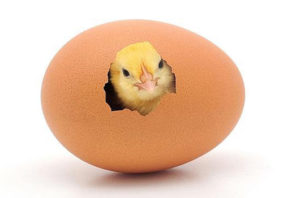Nowadays, farmers who carry out laying and broiler breeding work will rely on various breeding equipment to speed up the efficiency of chicken raising and provide a comfortable growth and production environment for laying broilers. In order to achieve reasonable light, many farmers will choose to use chicken poultry farm equipment. The equipment uses artificial lighting to achieve the standard lighting time and intensity, so what are the requirements for artificial lighting with lighting equipment?

(1) Total lighting hours: The farmers need to set the daily artificial lighting time according to the lighting needs of the chickens at different stages. The total daily lighting hours (including natural light), the breeding period is generally not less than 8 hours , But not more than 10 hours, the best laying period is 16 hours.
(2). Gradually increase or decrease the lighting time: no matter whether the farmers increase or decrease the lighting hours when they are lighting, they cannot increase or decrease suddenly and greatly. Note that each increase should not exceed 1 hour, and also note that the light time during the rearing period can only be shortened, not extended; on the contrary, the laying period can only be extended, not shortened. This is an important principle, I hope farmers will pay attention to it and remember it.
(3) Appropriate time to increase light: The general feeding standard stipulates that the increase of light can be started to promote sexual development at the age of 18 weeks of breeding hens, but it is more reasonable to start increasing light stimulation according to whether the body weight meets the requirements. Remember, light stimulation should not be used for young hens weighing less than 1000 grams to give birth prematurely. The result is like pulling seedlings to encourage growth.
(4) Lighting program: farmers must have a fixed lighting program, and once the lighting program is determined, it must be strictly followed and cannot be changed at will.
(5). Extend the light and increase the feeding amount: It can be determined from the theoretical knowledge or the production practice. In order to ensure that the laying hens have sufficient nutritional reserves before laying, the weight of the bred laying hens is slightly higher Standards are more conducive to production. Therefore, while gradually extending the light, the feeding amount should also be gradually increased.
(6) Control light time: Farmers need to pay attention to when the chicken population is poor in quality or nutritional status and the temperature is particularly low (in winter), the light hours should be properly controlled. For example, about 14 hours of light is used to reduce the physical consumption of the laying hens, so that they have a short rest. When the next year is warm, the egg production rate will rebound faster and the peak value will be higher.
The above six points are the principles that need to be paid attention to when artificial lighting is used in the process of raising chickens in the breeding equipment for the farmers. They are only for reference by the farmers. If you have any questions, you can send us an email